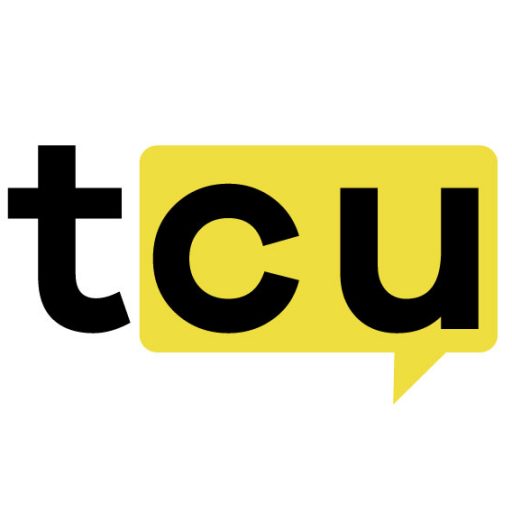Partnership Aims to Simplify Digital Identity
A new collaboration between ZNS Connect and Layer3 is trying to make digital identity more accessible on the XRPL blockchain. They’ve launched what they’re calling a “quest” that focuses on .XRPL domain names as the core of user identity. This seems to be an attempt to move away from the complex wallet addresses that currently dominate Web3 interactions.
I think the basic idea here is pretty straightforward – they want people to use human-readable names instead of those long strings of characters. The .XRPL domains are supposed to work across different platforms, which could be useful if it actually works as promised. The partnership with Layer3 adds a gamification element, which might help with user adoption.
Gamified Onboarding Approach
What’s interesting about this approach is how they’re using quests and rewards to encourage people to get involved. Users can apparently start by “mining or combining” their .XRPL name with the quest system. There’s mention of XRPL-native rewards, though the details are a bit vague about what those actually are.
This gamification strategy makes sense when you consider how difficult it’s been to get mainstream users comfortable with blockchain identity systems. Maybe making it feel more like a game could lower the barrier to entry. But I wonder if the rewards will be substantial enough to actually motivate people.
Technical Foundation and Challenges
The partnership combines ZNS’s naming technology with Layer3’s engagement platform and XRPL’s underlying network. Each company seems to be handling different aspects of the system, which could be efficient if they coordinate properly.
XRPL’s speed and scalability are mentioned as key advantages, which is important for identity systems that need to work quickly across multiple applications. The claim is that .XRPL names will serve as “blockchain fingerprints” – unique identifiers that users fully control.
However, making digital identity both secure and user-friendly has been a challenge for many projects. The success of this initiative will likely depend on how well they balance technical requirements with actual usability. Getting the security right is crucial, but if it’s too complicated, people won’t use it.
Broader Implications
This collaboration appears to be part of a larger trend toward self-sovereign identity in Web3. The idea that users should own and control their digital identities rather than relying on centralized platforms has been gaining traction.
What’s less clear is whether this particular implementation will gain significant adoption. The Web3 space has seen many identity projects come and go, with varying degrees of success. The combination of naming services, gamification, and a established blockchain like XRPL could be compelling, but only time will tell if it resonates with users.
The mention of FinTech companies building on Web3 technology suggests they’re thinking about real-world applications beyond just cryptocurrency. If they can make identity systems that work for financial services and other practical uses, that could be significant. But for now, it’s still early days, and the success of this initiative will depend on execution and user response.
![]()


